The AR-15 has become one of the most popular rifles in the U.S. civilian market, widely adopted by tactical shooters, sports shooters, and home-defense users. Its lightweight build minimizes fatigue during carry and use, while the modular design allows shooters to customize setups with optics, grips, and other accessories to fit any mission or environment.
In addition to the AR-15's inherent accuracy, a suitable sight also plays a crucial role in the quality of a shooting mission. This is especially true in low-light conditions, such as at night, in smoke, behind cover, or in obstructions. The naked eye can hardly identify targets and assess environmental threats, and conventional visible light sights are also ineffective. In these situations, thermal imaging sights are essential to maintain high situational awareness.

Best Scopes for the AR15
1. Daylight Scenarios - Range Shooting or Competitive Shooting
- Red Dot: Fast target acquisition, lightweight, precise, and provides clear imaging.
- Night Vision Sight: Analogue night vision can be permanently damaged by bright daylight. Digital night vision won’t be damaged, but its performance in daytime use is limited.
- Thermal Sight: Capable of detecting camouflaged or hidden targets even in bright conditions.
Thermal Pistol Sights Fast Mini FMP13
Recommendation: Run a red dot as your primary optic, with a thermal sight as a secondary system to help identify concealed threats.
INFITAC’s FAST Mini FMP13 is the lightest thermal sight on the market, weighing just 4 oz. Its ultra-lightweight design adds virtually no impact on rifle balance or handling. Built with an RMR footprint, the FMP13 mounts directly without extra adapters or complicated setup—making it an ideal secondary optic for your AR-15.
2. Night Scenarios - Night Training or Home Defense
- Red Dot: Requires a tactical flashlight or other illumination source for shooting. The red dot alone provides no visibility in complete darkness.
- Night Vision Sight: Improves the shooter's awareness in low-light conditions. However, it cannot function in complete darkness and requires some light or an infrared illuminator.
- Thermal Sight: Completely independent of light sources, it offers a distinct advantage in total darkness, enabling rapid detection of potential threats.
Recommendation: For standalone use on the AR15, the FMP13 is the most capable solution.
The FMP13 supports touchscreen operation, allowing for quick adjustments to the reticle, color palette, brightness, and more in the dark— without fumbling with buttons.
3. Low-visibility scenarios such as smoke, rain, and snow—CQB or other tactical training.
- Red Dot: Target visibility may be reduced by smoke, haze, and other obstructions, making identification and aiming difficult.
- Night Vision: Heavy smoke and haze scatter light, often washing out the image and turning it white, which makes target discrimination nearly impossible.
- Thermal Sight: Cuts through smoke and haze to reveal targets. In CQB scenarios, it enables faster target acquisition and aiming.
Recommendation: AR15 + FMP13
The FMP13 is IP67-rated for all-weather reliability and features automatic brightness adjustment, delivering clear images and comfortable viewing in rapidly changing light conditions.
4. Cover Scenarios—Field training and simulated confrontations.
- Red Dot: Targets partially hidden can be difficult to identify, and once fully obscured, the shooter will lose sight of the target.
- Night Vision Sight: The shooter can easily lose sight of obscured or camouflaged targets.
- Thermal Sight: Capable of detecting heat signatures through brush and thin vegetation, and revealing hidden targets. This makes it ideal for camouflage scenarios.
Recommendation: AR15 + FMP13 for continuous target tracking.
The FMP13 features four color palettes (black hot, white hot, red hot, and color), allowing shooters to quickly distinguish target size and position.
The Tactical Significance of Configuring a 45° Offset Mount on an AR15
What is a 45° Offset Mount?
A 45° offset optic mount is a method of attaching an auxiliary sight to the rifle rail at an approximately 45° angle, typically to the side of the primary sight. This arrangement allows the shooter to switch to a different optic without adjusting the stock, simply by slightly rotating the rifle.
1. Maintaining a continuous field of view
Day and night Transition: Pairing the daylight sight and the FMP13, shooters can seamlessly transition between daylight and nighttime without removing optics, thus enhancing situational awareness.
Short-to-long Range Flexibility: There is often a seamless switch from 200 yards to 20 yards in shooting. The shooter can use the AR15 scope to shoot at medium-to-long range. At close range, just roll the rifle 45° to quickly activate the FMP13, thereby maintaining the AR15's response speed.
2. Flexible shooting angles
In some complex environments, such as bunkers, jungles, or behind vehicles, the AR-15 cannot be completely aimed at the target. The 45° offset sight allows the shooter to maintain aiming from unconventional positions, such as canted or low stances, reducing exposure while maintaining accuracy. Meanwhile, the FMP13 can quickly locate the heat target behind the cover.
3. Backup optical system
For personal defense users, the sudden failure of the primary sight (battery exhaustion, lens fogging, physical damage, etc.) can be critical. A 45° offset sight can achieve rapid switching and ensure personal safety as a ready backup system.

Configuration and Application Examples of the FAST Mini on your AR-15
Configuration recommendations
For night-only operations, the FAST Mini can serve as your primary optic.
For day-to-night use, we recommend a 45° offset setup: run a daylight optic such as a red dot or LPVO as the primary sight, and deploy the FAST Mini with PM03 as a secondary thermal system.
Application Example
CQB Training: During a close-quarters tactical training, shooters used the Fast Mini to scan behind cover, quickly identifying hidden "enemies" and completing a simulated "clearance."
Dynamic Operations: Its lightweight and compact design reduces load and improves maneuverability. Its high 60Hz refresh rate allows for smoother tracking of fast-moving targets, minimizing the risk of loss, which is particularly critical for rapid nighttime incursions and searches. The multiple reticle system further supports accurate aiming across dynamic ranges.
Home defense: Facing sudden nighttime threats, every second counts. The FMP13's InstaWake tech (when powered on) enables instant activation, preemptively protecting your safety.
Conclusion
Quick identification, target tracking, and fast transitions are critical to success in nighttime tactical operations. The powerful combination of the AR-15 and the FMP13 significantly enhances a shooter's rapid response capabilities after dark. If you want to run your AR-15 for continuous missions across day and night, feel free to use the Fast Mini as your secondary optical device.
Learn more, click: FMP13 Mini Thermal Sight | Thermal Pistol & Rifle Optics
FAQs
Q1. Is a thermal sight safe for the eyes?
Thermal imagers passively detect heat; they don’t emit harmful beams. View a screen, not a laser. Use comfortable brightness and breaks to prevent eye strain.
Q2. How long does a compact thermal run per charge?
Most minis use rechargeable lithium cells and run about three to six hours. Cold weather shortens runtime; carry spare batteries or external power if supported.
Q3. What’s the proper way to zero a thermal sight?
Use a thermal target or heat pad at a known distance, follow manufacturer procedures, then confirm after impacts or mount changes. Recheck periodically for consistency.
Q4. Can I mount a compact thermal inline with my red dot?
Only clip-on models designed for inline use maintain your daylight optics' zero. Otherwise, mount as a standalone or offset sight to avoid point-of-impact shift.
Q5. Are there legal restrictions on owning or using thermal optics?
Yes, laws regarding the ownership and use of thermal optics vary significantly by country, state, and even local jurisdiction. It is crucial to be aware of these regulations.
-
Usage Restrictions: Domestically, many regions have specific laws governing the use of thermal optics for activities like hunting. Using thermal imaging for hunting at night is often restricted or illegal, so always check your local wildlife and game regulations.
-
Export Controls (ITAR): This is a critical point. High-performance thermal devices, including the FMP13, are regulated by the U.S. Government under the International Traffic in Arms Regulations (ITAR). This means it is illegal to export these items outside of the United States or to provide them to a non-U.S. citizen, even within the U.S., without a specific license from the Department of State.
Given these complexities, you must always verify and comply with all applicable local, state, and federal laws (including ITAR) before purchasing, traveling with, or using any thermal optic.

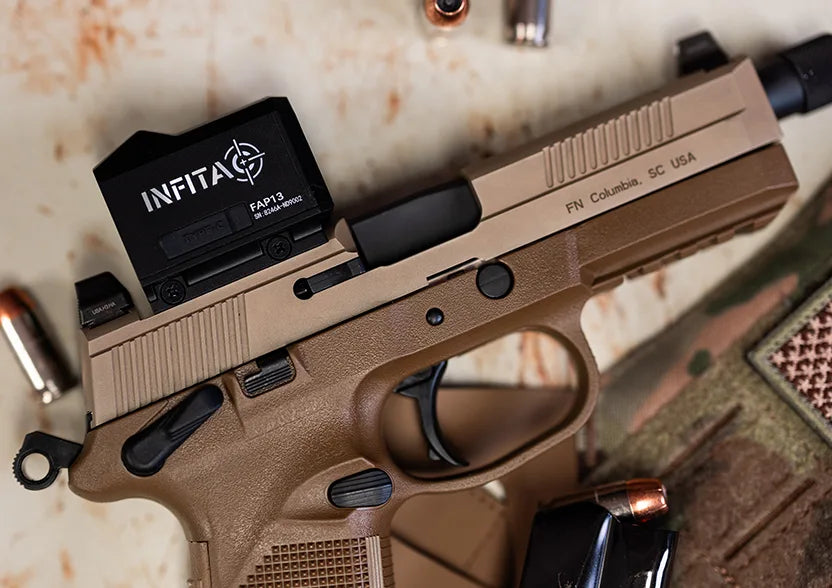
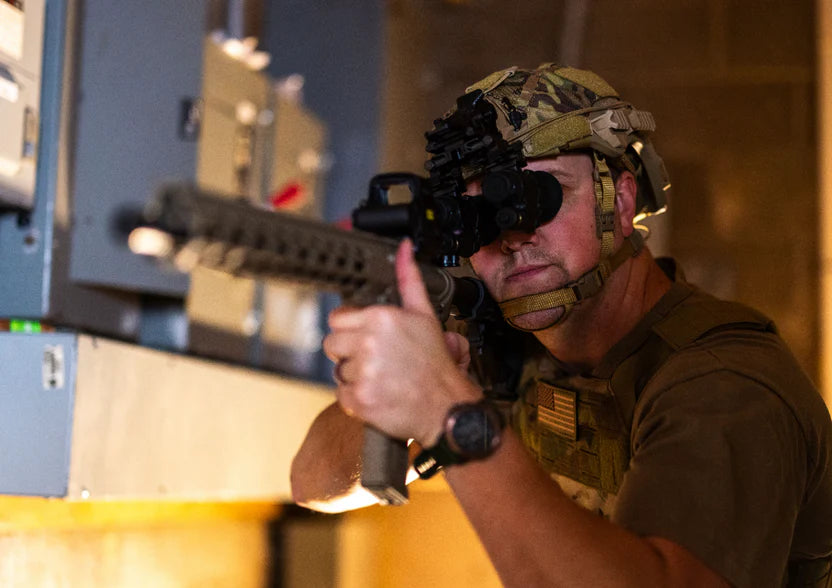
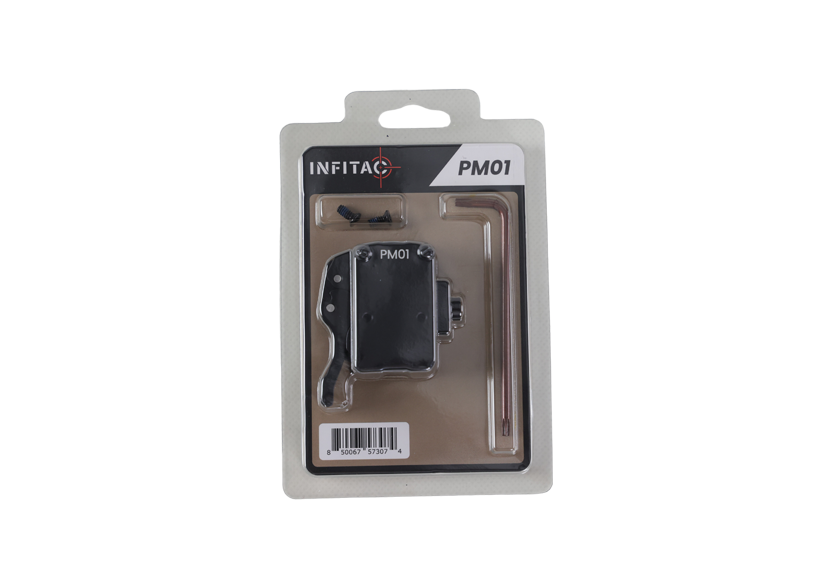
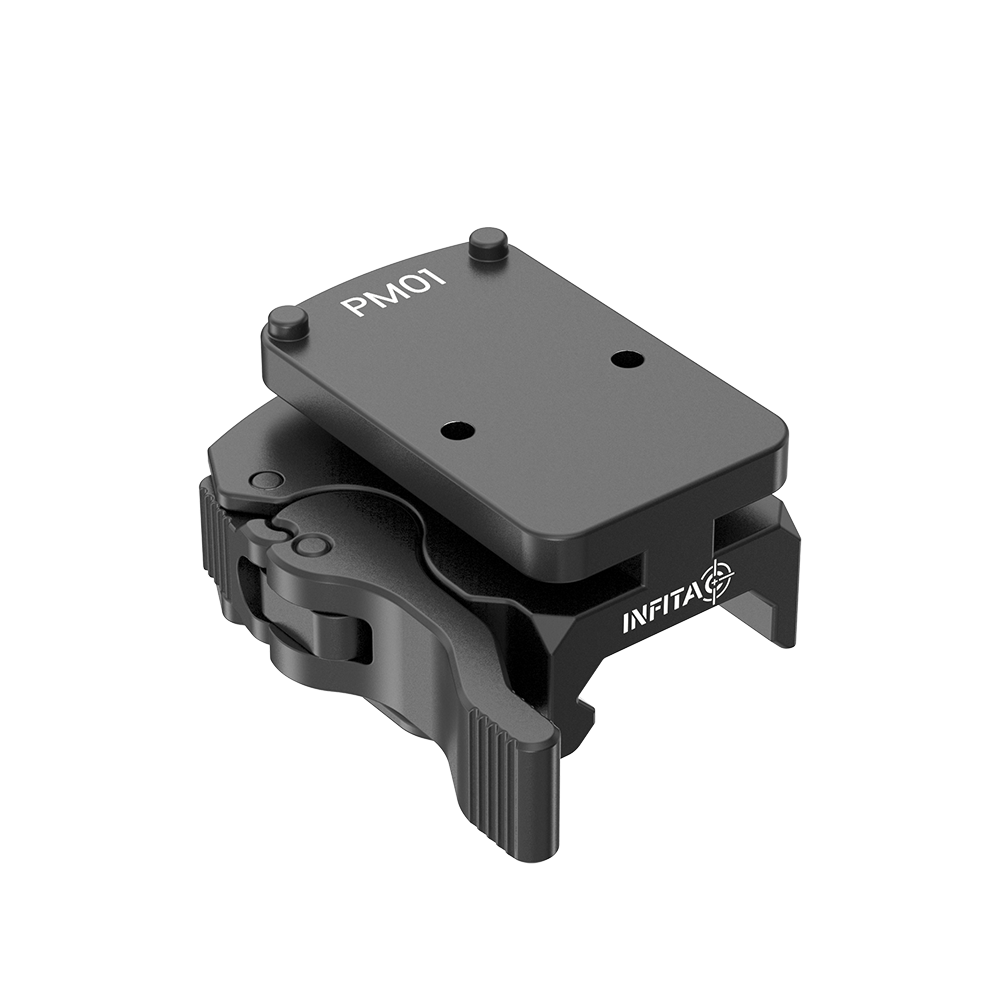
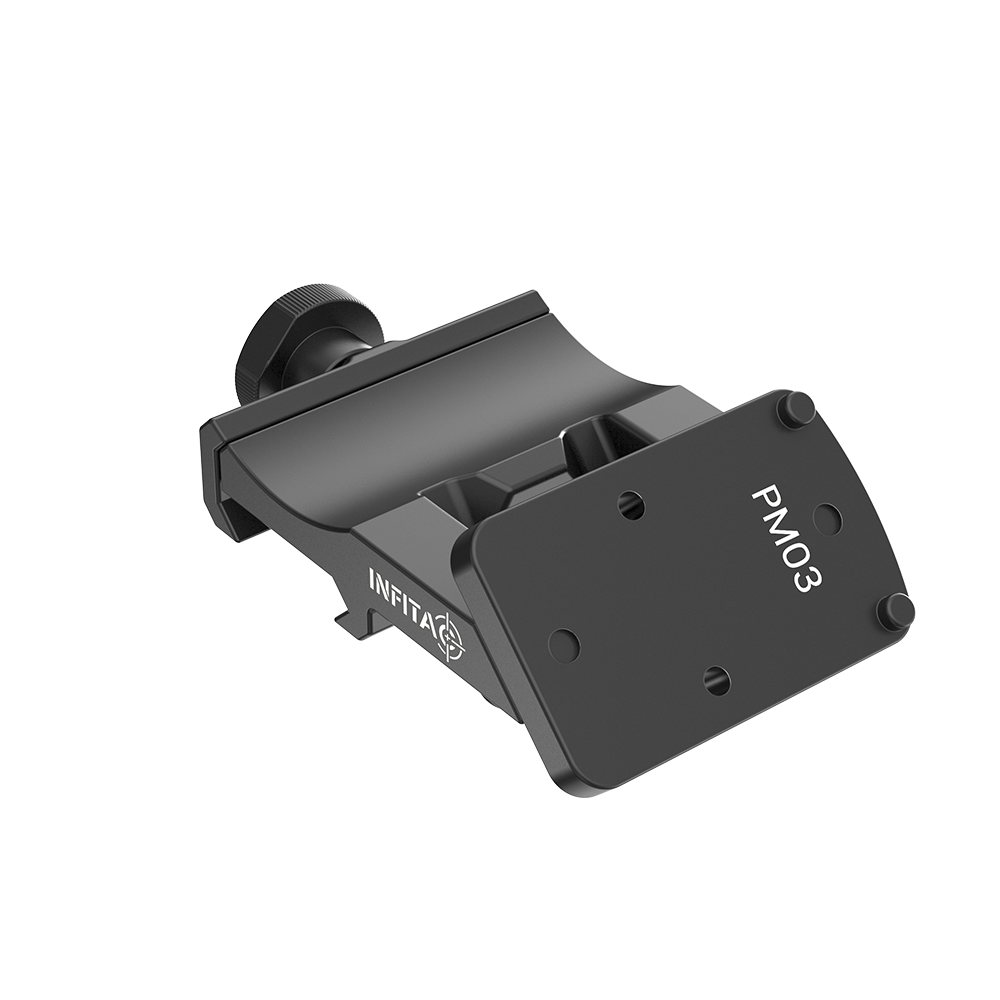
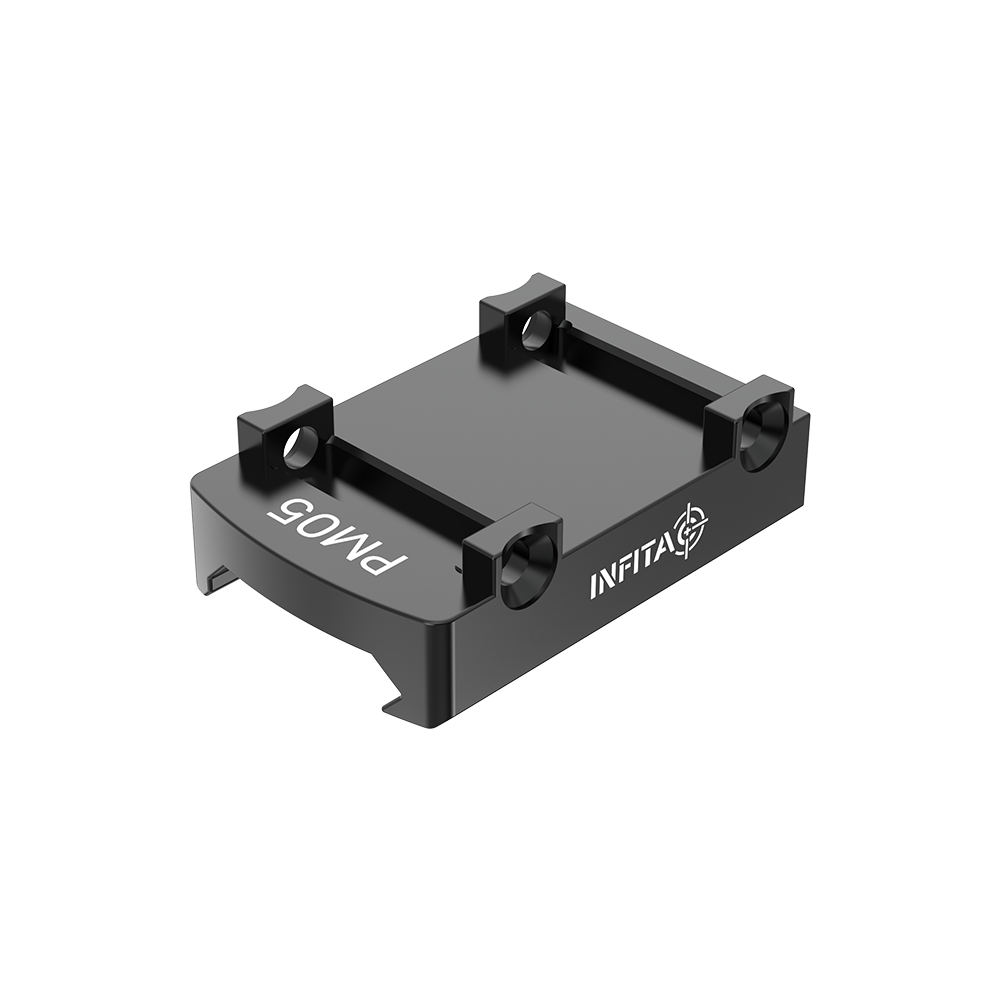

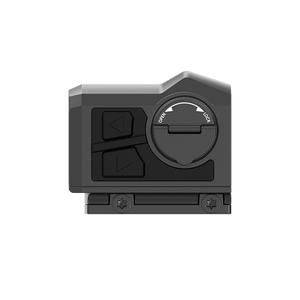
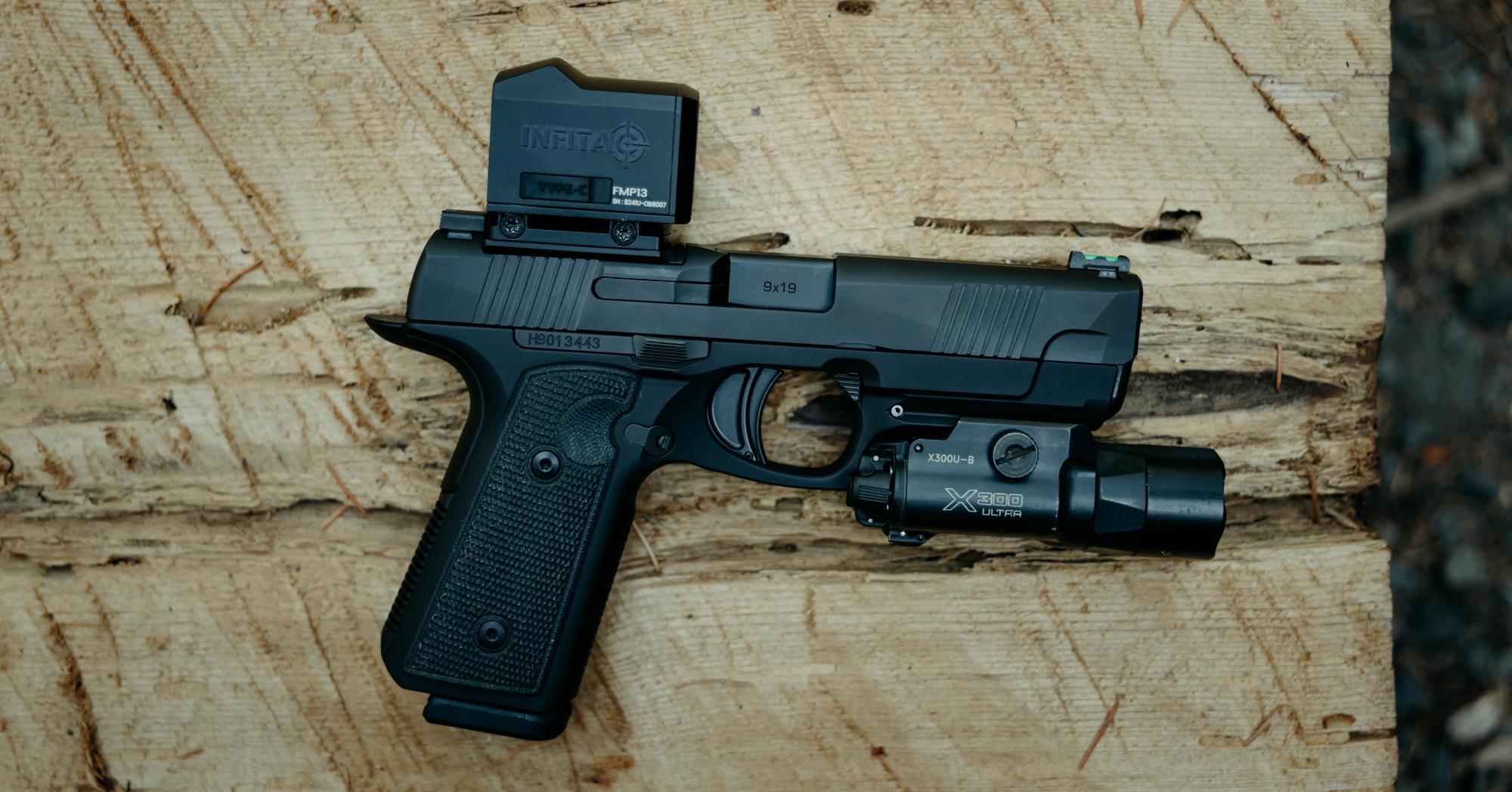
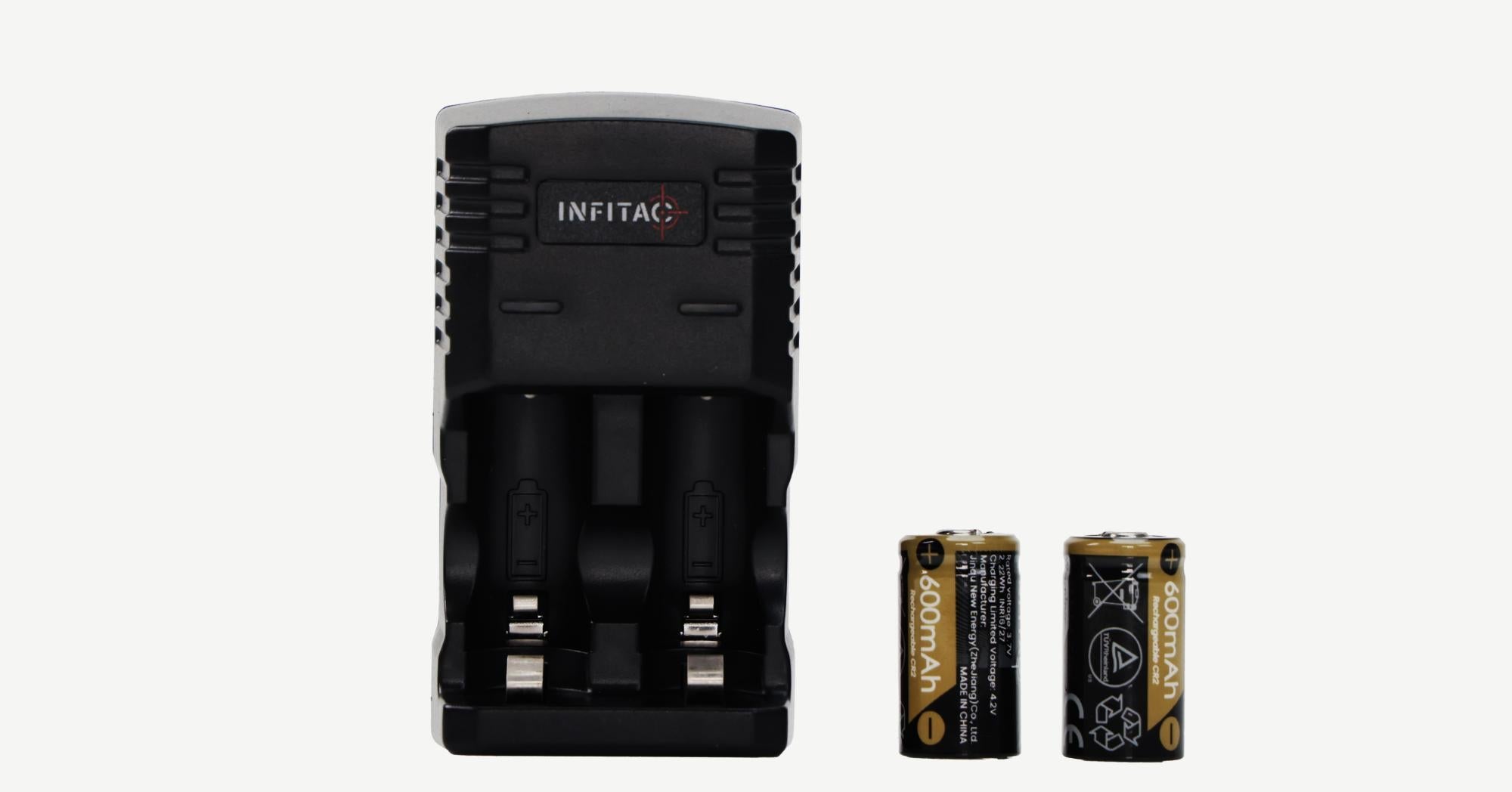
Leave a comment
This site is protected by hCaptcha and the hCaptcha Privacy Policy and Terms of Service apply.